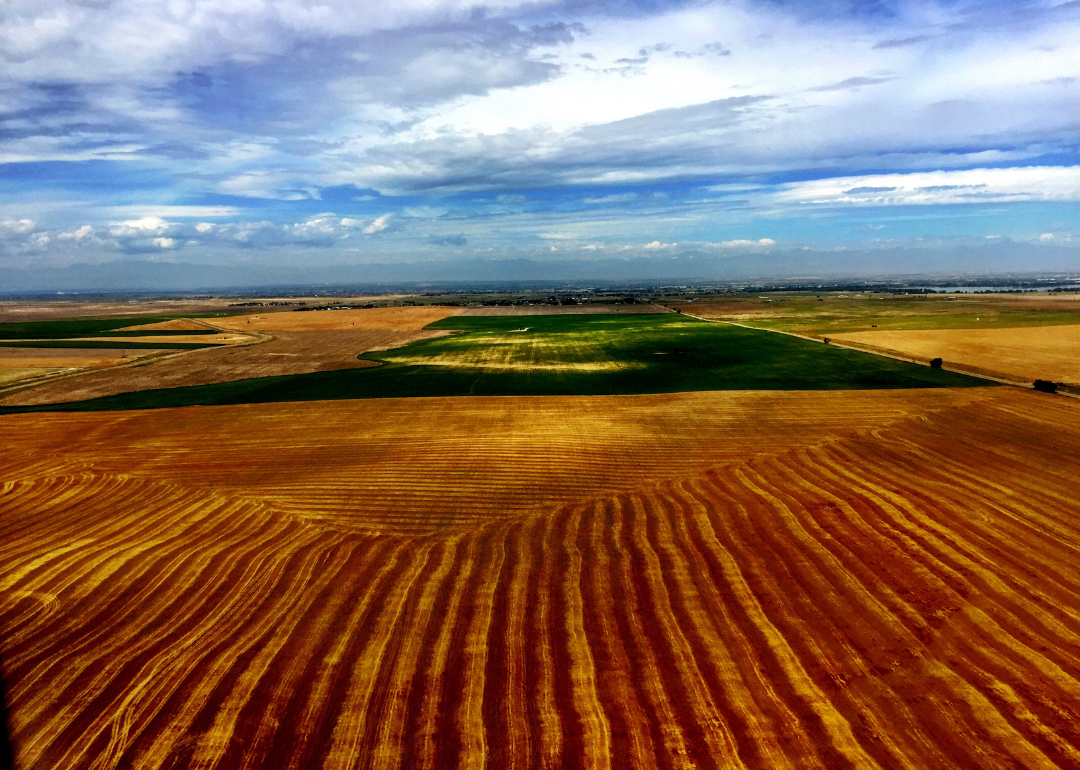
Minnesota is the #6 state where people consume the most fruits and vegetables
This story originally appeared on Thistle and was produced and distributed in partnership with Stacker Studio.
Minnesota is the #6 state where people consume the most fruits and vegetables
Many of us have heard of the importance of eating a diet rich in fruits and vegetables, which is vital to support a healthy immune system and prevent chronic conditions. Most American adults however aren’t getting enough fruits and vegetables despite the recent popularity of a more plant-based diet and lifestyle. Only 12.3% of Americans are eating fruit and 10% are eating a daily serving of veggies. The 2020-2025 Dietary Guidelines for Americans recommend that adults eat 1.5-2 cups of fruits and 2-3 cups of vegetables daily.
Citing data collected through the 2019 Risk Behavior Surveillance System by the CDC, Thistle compiled state-level data on fruit and vegetable consumption. States and Washington D.C. are ranked by the percent of the adult population consuming less than one serving of fruit per day, from the highest rate to the lowest. Data was not available for New Jersey.
Check out the data below to see how your state stacks up, or look at the national fruit and vegetable consumption ranking here.
Minnesota by the numbers
- Adults eating less than one serving of fruit per day: 35.2%
- Adults eating less than one serving of vegetables per day: 20.6%
- High school students eating less than one serving of fruit per day: data not available
- High school students eating less than one serving of vegetables per day: data not available
Food deserts, regions where residents have limited to no access to affordable and nutritious foods, are often found in low-income areas and places with smaller populations. The United States Department of Agriculture (USDA) in its most recent report published in 2017, revealed that 39.5 million people in the U.S. were living in low-income areas. This also included neighborhoods with limited access to healthy food. In order to be identified as a food desert, areas have to meet certain requirements which include a local poverty rate of at least 20% or the median family earnings being 80% or less of the neighborhood’s average family salary. Areas where the closest, largest grocery store is 10 miles away or more are also considered a food desert.
Keep reading to see which states consume the most and least fruits and vegetables.
States that consume the most fruits and vegetables
#1. Vermont
- Adults eating less than one serving of fruit per day: 32%
- Adults eating less than one serving of vegetables per day: 32.7%
#2. Massachusetts
- Adults eating less than one serving of fruit per day: 32.7%
- Adults eating less than one serving of vegetables per day: 15.5%
#3. Connecticut
- Adults eating less than one serving of fruit per day: 34.1%
- Adults eating less than one serving of vegetables per day: 19.9%
States that consume the least fruits and vegetables
#1. Oklahoma
- Adults eating less than one serving of fruit per day: 48.4%
- Adults eating less than one serving of vegetables per day: 21.5%
#2. Mississippi
- Adults eating less than one serving of fruit per day: 47.5%
- Adults eating less than one serving of vegetables per day: 22.9%
#3. Louisiana
- Adults eating less than one serving of fruit per day: 47.5%
- Adults eating less than one serving of vegetables per day: 22.9%



